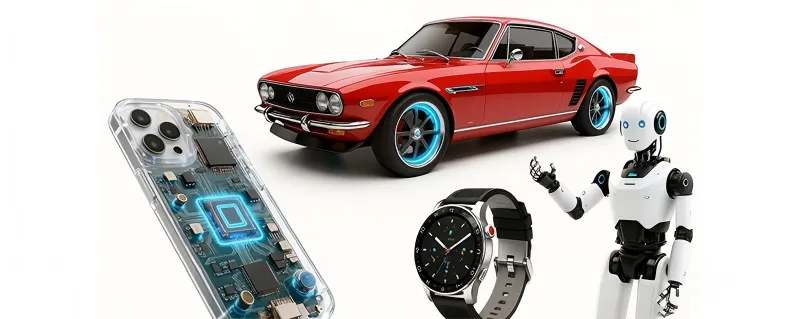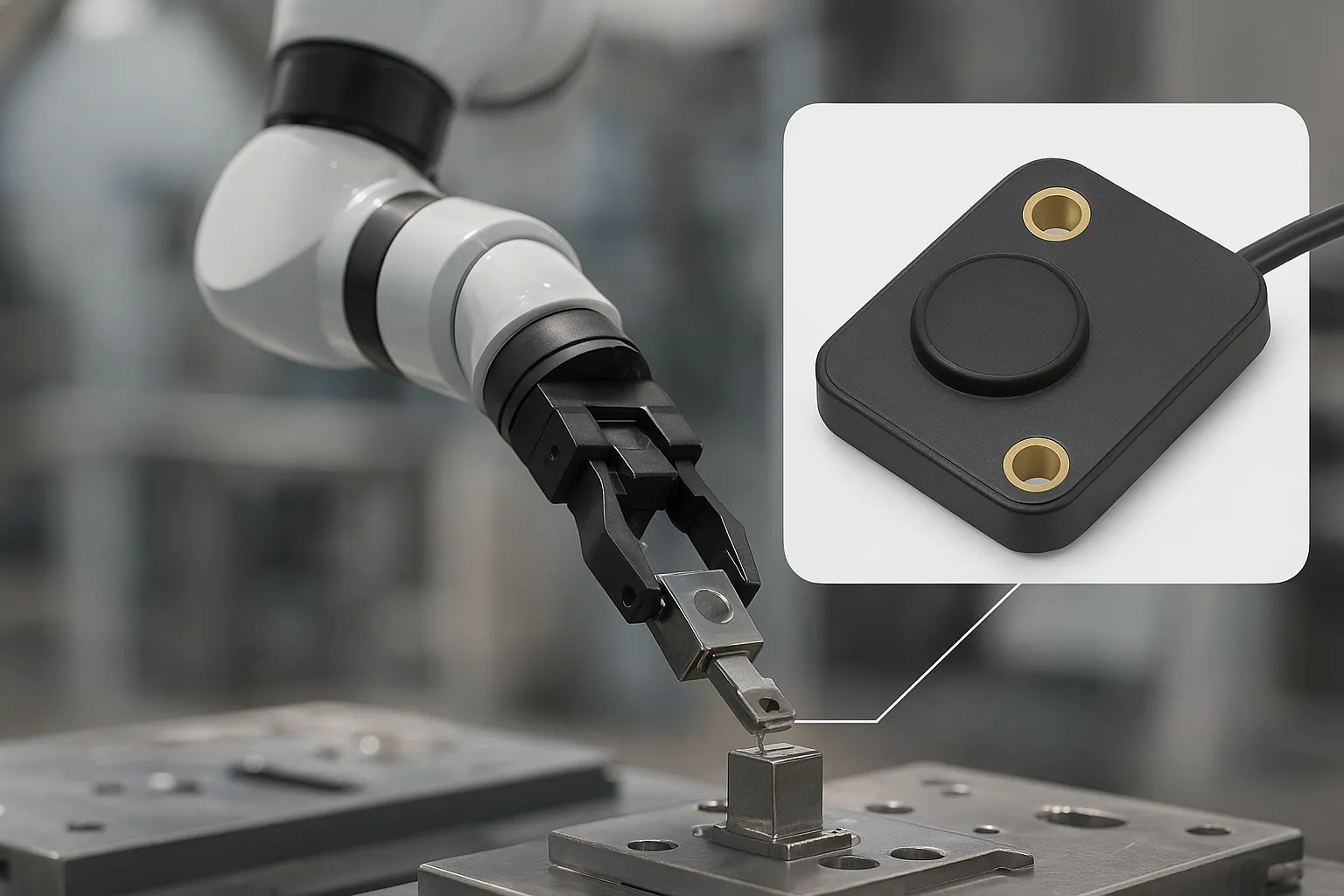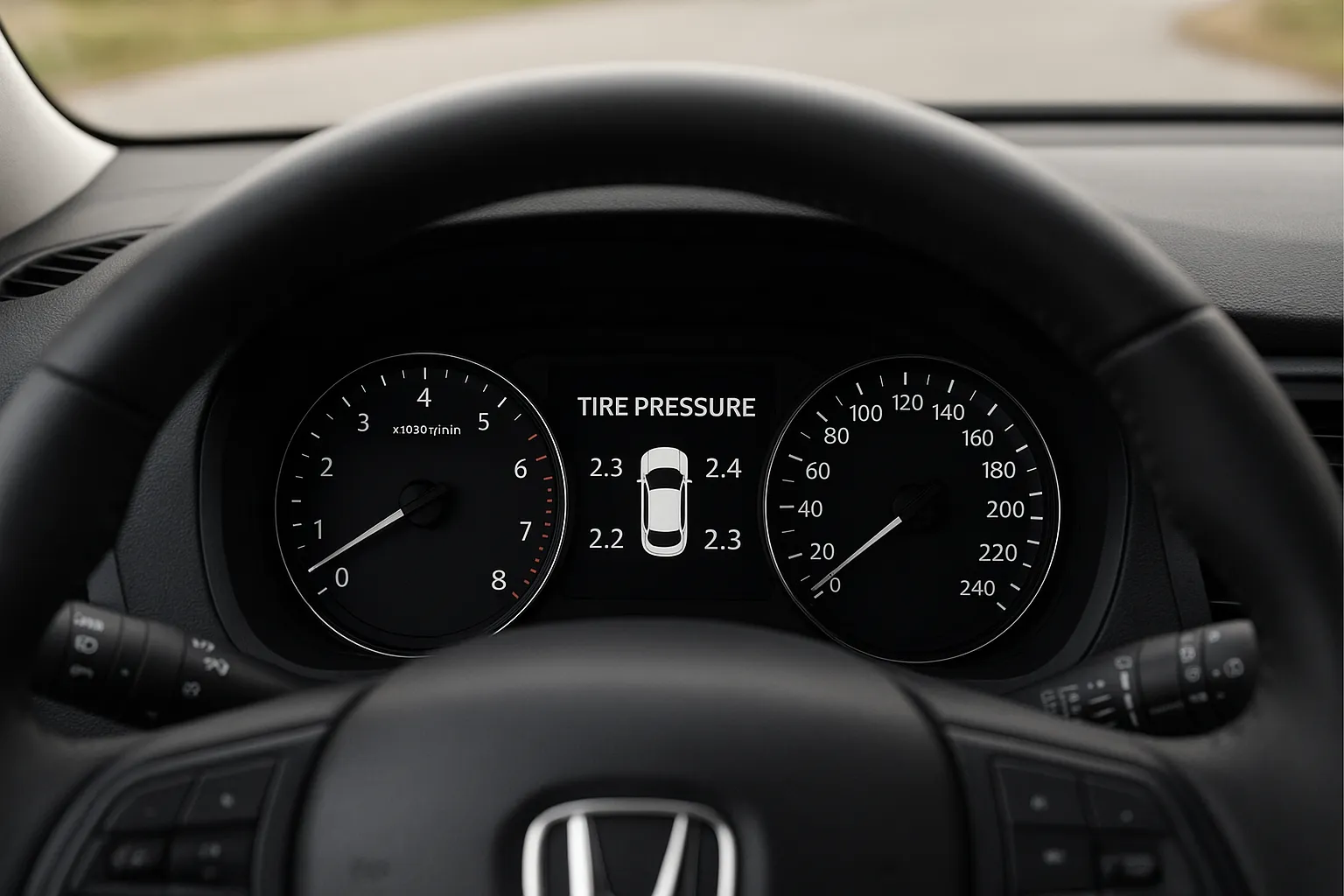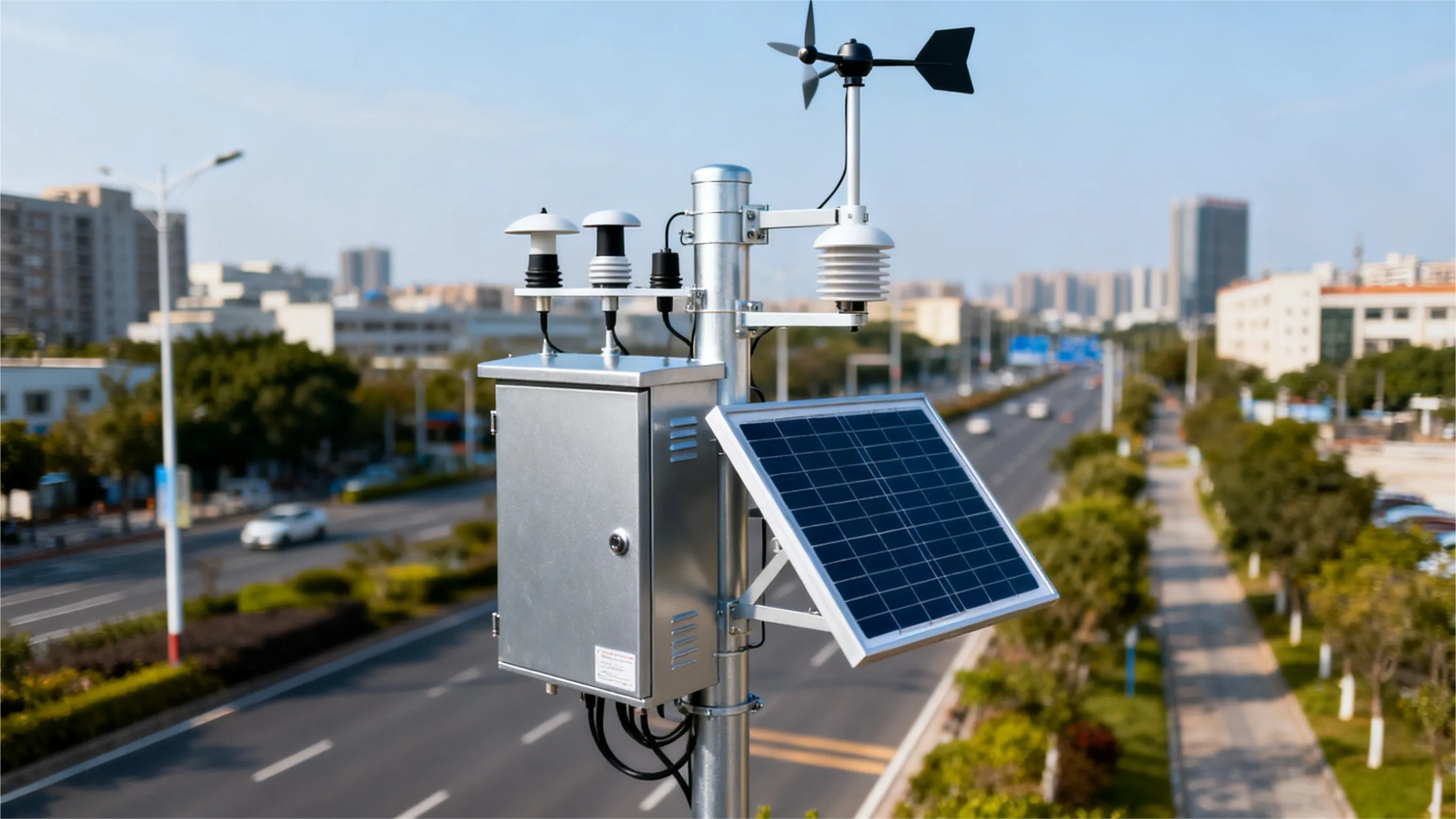INCT GmbH
Blog Details
Why Sensor Is Used?
2025-10-10

Ever unlocked your phone with Face ID? Checked your smartwatch’s heart rate alert? Or even used a self-parking car? All of these rely on sensors—the “silent heroes” of modern tech that most of us never notice. But why are sensors everywhere, from smartphones to industrial robots? Let’s break it down simply: they’re the link between the physical world (temperature, motion, light) and the digital world (machines that act on data).
1️⃣ The Core Power of Sensors: Turn “Changes” Into “Actionable Data” Sensors do one critical thing: they convert physical changes into signals machines can understand. Here’s how it works (super simple):
→ Step 1: A sensor detects something (e.g., “the room got 5℃ hotter” or “a robot arm moved 1cm left”);
→ Step 2: It translates that change into electrical information;
→ Step 3: Machines process this data and act (e.g., “turn on the AC” or “adjust the robot’s position”).
Without this, tech would be “blind”— your phone couldn’t recognize your face, and a factory robot couldn’t assemble parts accurately.
 2️⃣ Where Sensors Work (And Why It Matters for You) Sensors aren’t just “tech parts”—they solve real problems for businesses and everyday life. Here are the key areas:
2️⃣ Where Sensors Work (And Why It Matters for You) Sensors aren’t just “tech parts”—they solve real problems for businesses and everyday life. Here are the key areas:
▶ Industrial Automation: Save Money, Reduce Errors
For factory owners or product managers: Sensors are your “precision guards.” Position/torque sensors help robots assemble products with near-perfect accuracy (fewer defective goods = lower costs); Temperature/pressure sensors monitor machines in real time (prevent breakdowns = no production delays).
 ▶ Automotive: Keep You Safe (And Make Driving Easier)
▶ Automotive: Keep You Safe (And Make Driving Easier)
Think of a car’s sensors as its “nervous system”: Collision sensors = “eyes” (alert you to obstacles); Tire pressure sensors = “touch receptors” (warn you of flat tires); Even self-driving functions? They depend on 100+ sensors working together to “see” the road.
 ▶ Environmental Monitoring: Build Smarter Cities
▶ Environmental Monitoring: Build Smarter Cities
For governments, businesses, or anyone who cares about sustainability: Sensors track air pollution, water quality, and weather changes—turning “guesswork” into data. For example, A city uses air sensors to redirect traffic away from polluted areas; A water plant uses sensors to catch contaminants early.
 ▶ Healthcare: Monitor Health, Catch Issues Early
▶ Healthcare: Monitor Health, Catch Issues Early
Wearables (like smartwatches) use heart rate/oxygen sensors to track your daily health. For medical professionals: Imaging sensors (e.g., in MRI machines) help diagnose diseases early; Glucose sensors for diabetics eliminate frequent blood tests.
 3️⃣ The Big Takeaway: Sensors = The Future of Smart Tech
3️⃣ The Big Takeaway: Sensors = The Future of Smart Tech
To sum up: Sensors don’t just “exist”—they bridge the gap between what we feel/see (physical world) and what tech can do (digital world). As IoT (Internet of Things) grows, sensors will become increasingly important, enabling smarter homes, more efficient factories, and safer cars — all powered by these tiny, quiet tools.
👉Need precision sensors for your factory? Check our industrial sensor series here

Ever unlocked your phone with Face ID? Checked your smartwatch’s heart rate alert? Or even used a self-parking car? All of these rely on sensors—the “silent heroes” of modern tech that most of us never notice. But why are sensors everywhere, from smartphones to industrial robots? Let’s break it down simply: they’re the link between the physical world (temperature, motion, light) and the digital world (machines that act on data).
1️⃣ The Core Power of Sensors: Turn “Changes” Into “Actionable Data” Sensors do one critical thing: they convert physical changes into signals machines can understand. Here’s how it works (super simple):
→ Step 1: A sensor detects something (e.g., “the room got 5℃ hotter” or “a robot arm moved 1cm left”);
→ Step 2: It translates that change into electrical information;
→ Step 3: Machines process this data and act (e.g., “turn on the AC” or “adjust the robot’s position”).
Without this, tech would be “blind”— your phone couldn’t recognize your face, and a factory robot couldn’t assemble parts accurately.
 2️⃣ Where Sensors Work (And Why It Matters for You) Sensors aren’t just “tech parts”—they solve real problems for businesses and everyday life. Here are the key areas:
2️⃣ Where Sensors Work (And Why It Matters for You) Sensors aren’t just “tech parts”—they solve real problems for businesses and everyday life. Here are the key areas:
▶ Industrial Automation: Save Money, Reduce Errors
For factory owners or product managers: Sensors are your “precision guards.” Position/torque sensors help robots assemble products with near-perfect accuracy (fewer defective goods = lower costs); Temperature/pressure sensors monitor machines in real time (prevent breakdowns = no production delays).
 ▶ Automotive: Keep You Safe (And Make Driving Easier)
▶ Automotive: Keep You Safe (And Make Driving Easier)
Think of a car’s sensors as its “nervous system”: Collision sensors = “eyes” (alert you to obstacles); Tire pressure sensors = “touch receptors” (warn you of flat tires); Even self-driving functions? They depend on 100+ sensors working together to “see” the road.
 ▶ Environmental Monitoring: Build Smarter Cities
▶ Environmental Monitoring: Build Smarter Cities
For governments, businesses, or anyone who cares about sustainability: Sensors track air pollution, water quality, and weather changes—turning “guesswork” into data. For example, A city uses air sensors to redirect traffic away from polluted areas; A water plant uses sensors to catch contaminants early.
 ▶ Healthcare: Monitor Health, Catch Issues Early
▶ Healthcare: Monitor Health, Catch Issues Early
Wearables (like smartwatches) use heart rate/oxygen sensors to track your daily health. For medical professionals: Imaging sensors (e.g., in MRI machines) help diagnose diseases early; Glucose sensors for diabetics eliminate frequent blood tests.
 3️⃣ The Big Takeaway: Sensors = The Future of Smart Tech
3️⃣ The Big Takeaway: Sensors = The Future of Smart Tech
To sum up: Sensors don’t just “exist”—they bridge the gap between what we feel/see (physical world) and what tech can do (digital world). As IoT (Internet of Things) grows, sensors will become increasingly important, enabling smarter homes, more efficient factories, and safer cars — all powered by these tiny, quiet tools.
👉Need precision sensors for your factory? Check our industrial sensor series here
Next: How Sensor Is Made?